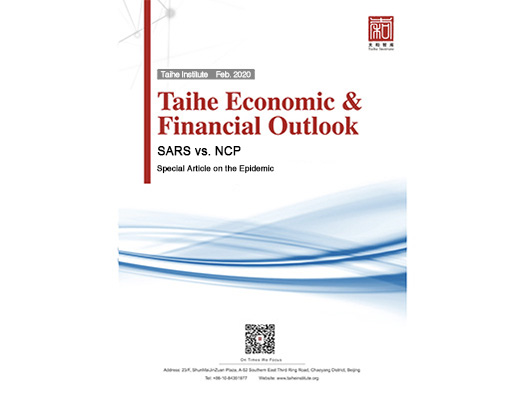Special Article on the NCP Epidemic
Introduction
At the beginning of 2020, the Novel Coronavirus Pneumonia (NCP) outbreak began in Wuhan, and soon spread to other places within and outside of China. In order to curb the epidemic more effectively, each region and department has taken a series of decisive measures under the unified command of the Central Committee of the Chinese Communist Party (CPC), such as taking control of urban communities and rural areas throughout the country, significantly extending the New Year holiday in order to delay the return of staff to their workplaces, cancelling or eliminating as many events where crowds gather as possible (for instance, the postponement of all Spring Festival movies in cinemas), the implementation of a free ticket refund or exchange policy for journeys by train or plane, and so on. Thanks to the government’s intensive awareness-raising campaign and rapid dissemination of information, the Chinese people have greatly reduced the number of times going outside. These measures are definitely necessary to prevent the epidemic from spreading further but have led to a clear and immediate impact on China’s macro- and micro-economy.
For example, in the first quarter of 2019 the added value of the accommodation and catering industries was 423.49 billion yuan, while in the first quarter of 2020 these two industries suffered heavy losses. Even if some restaurants are producing some cash flow from takeaways, these sales are inadequate to cover their fixed costs. Tourism is another sector that has been heavily affected. Tourism revenue during the Spring Festival of 2019 was about 500 billion yuan, while almost no revenue was generated during the same period in 2020. The retail sector has also been affected to a large extent, although online shopping, as an important supplementary mechanism for household consumption, has to some extent made up for the losses of the retail sector.
More concerned are losses in the manufacturing sector. The resumption of work has been significantly delayed, but firms still need to pay wages, rental, and other costs, which together pose a significant threat to the firms’ cash flows. Cash flows in manufacturing are far lower than those in the catering and tourism sectors, and liquidity crises can even turn into bankruptcy crises if cash flows are disrupted, especially for manufacturing corporations with already low profit margins. In addition, in terms of the long-term impact, when the rhythm of production is disrupted, the entire manufacturing supply chain will be affected as well, so enterprises in the production chain may need to renegotiate new contracts, make new production plans, or even implement new product designs.
This will also have a major impact on the manufacturing production costs. Against the backdrop of a gradual slowdown in China's macroeconomic growth, low and static profit margins, and tight funding chains for private enterprises, we need to prevent the short-term external impact of the epidemic from creating negative effects and threatening the long-term health of the economy.
Based on the data currently available, Taihe Economic & Financial Outlook will focus on the impact of the New Coronavirus epidemic on China’s current consumption, investment and industrial production levels, assess relevant economic policies, and forecast developments in financial markets. It should be noted that the economic assessment of Taihe Economic & Financial Outlook refers on the one hand to the impact on China's economy of the SARS epidemic in 2003, so as to analyze how the current epidemic affects the consumption and investment on the demand side, and on the other hand analyzes possible changes in industrial production levels on the supply side in the light of changes in demand and trends in the epidemic.
ON TIMES WE FOCUS.
Should you have any questions, please contact us at public@taiheglobal.org
